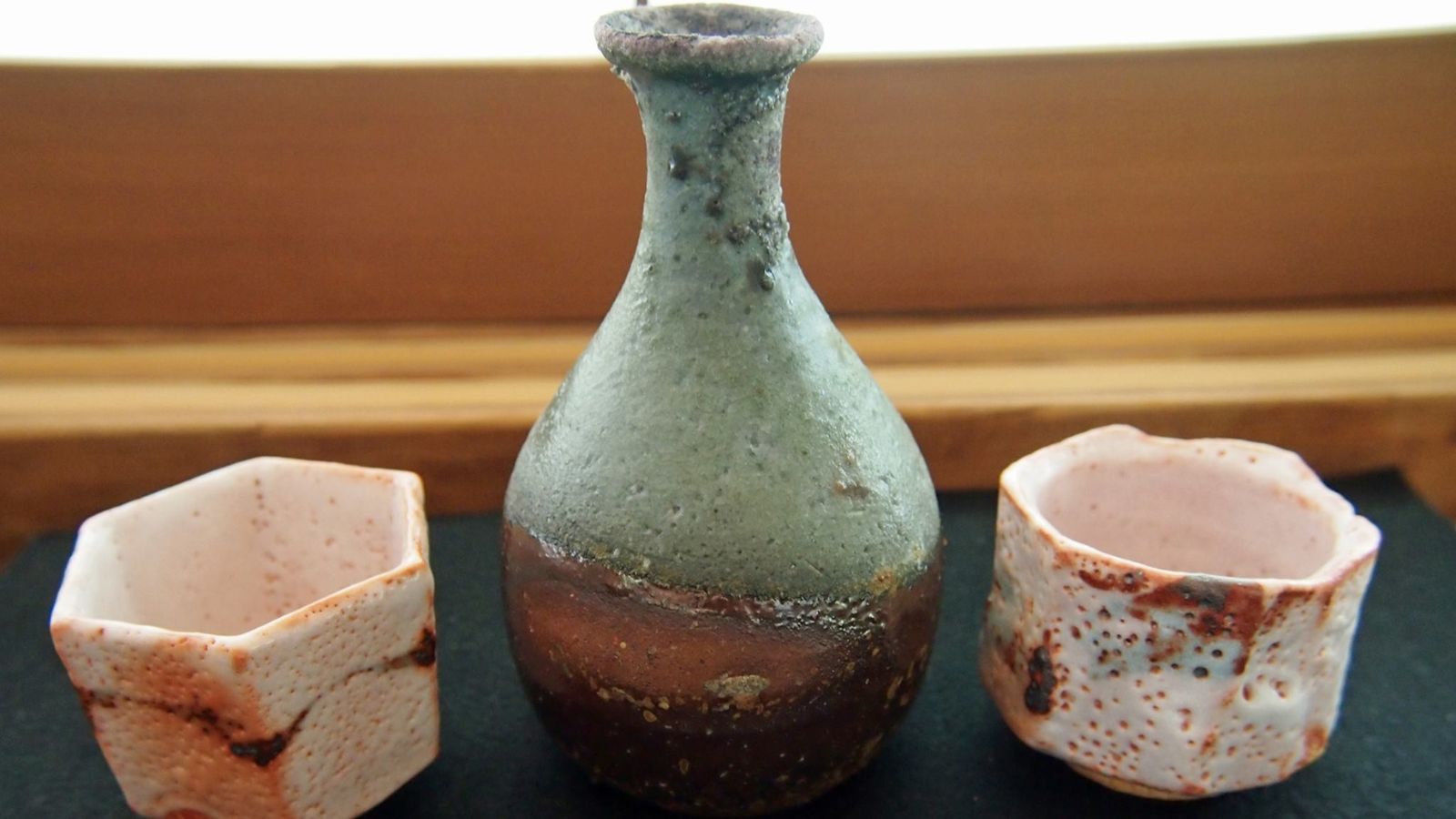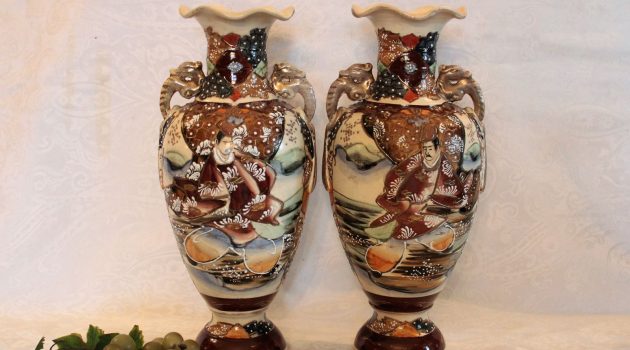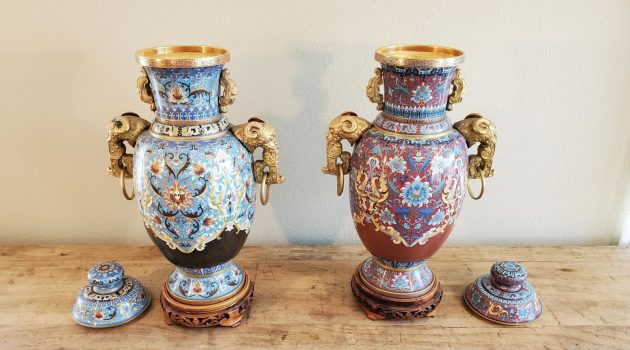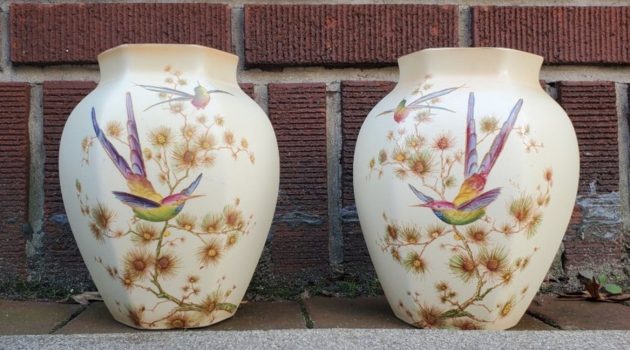Understanding how to date “Made in Japan” marks on ceramics can be really exciting, especially if you love collecting vintage items. These marks can tell you a lot about the history of a piece.
Generally, items marked “Made in Japan” date from 1921 to around 1941, while those marked “Japan” or “Made in Occupied Japan” often come from the post-World War II era.
You’ll find many variations in these marks, and they can help you pinpoint the age of your ceramic pieces. This is crucial for collectors looking to verify the authenticity and value of their finds.
Don’t worry, with a bit of practice and some handy guidelines, you’ll quickly become adept at recognizing these little historical clues.
Keep reading to discover the fascinating world behind these marks and uncover tips that make it easier to identify the time periods of different ceramics. Each piece has a story, and these marks are your key to unlocking it.
Understanding Japanese Ceramics Marks

Japanese ceramics marks offer valuable clues about their origins, makers, and periods. Knowing how to interpret these marks can help you date and identify your pieces accurately.
History of Ceramics in Japan
The history of Japanese ceramics dates back thousands of years to the Jomon period (14,000 BC – 300 BC). During this era, the Japanese began marking pottery with intricate designs and symbols.
By the Edo period (1603-1868), ceramics production had flourished with styles like Arita porcelain and Seto ware becoming widely recognized. The Meiji period (1868-1912) saw further developments with increased exports.
World War I and II also influenced Japanese ceramics, leading to different marks such as “Made in Japan” and “Occupied Japan.”
Types of Marks and Meanings
Japanese ceramics often feature a variety of marks, including maker’s marks, reign marks, and specific characters like sei (made in) and fuku (good luck).
Maker’s marks can identify the kiln or artist, while reign marks often indicate the Emperor’s era during which the piece was created.
You might also see gold marks, which usually signify higher quality or special occasions. Symbols and patterns are also common, offering additional clues about origin and style.
Importance of ‘Made in Japan’ Stamp
The “Made in Japan” stamp is crucial for dating and valuing Japanese ceramics. This stamp was required by the McKinley Tariff Act of 1890, which mandated that items imported to the United States be marked with their country of origin.
From 1921 to 1945, items were marked “Japan” or “Made in Japan.” After World War II, between 1945 and 1952, they were labeled “Made in Occupied Japan.” Post-1952, the marks reverted to “Japan” or “Made in Japan.”
Understanding these stamps helps you pinpoint the production period of your ceramics.
Styles and Periods
Japanese ceramics boast various styles and periods, each with unique characteristics. Seto ware is one of the oldest, known for its high quality and authenticity.
Arita porcelain emerged during the early 17th century and is famous for its blue and white designs. Satsuma pottery, typically decorated with intricate hand-painted scenes, became popular during the Meiji period.
Different periods like the Edo, Meiji, and Taisho (1912-1926) eras also influenced the styles, materials, and marks used in ceramics. Recognizing these styles can help you better appreciate and date your collection.
Identifying and Dating Japanese Ceramics

Understanding Markings to Date Ceramics
Japanese ceramics have marks that help identify their age and origin. A key indicator is the Nippon mark. Items made between 1891 and 1921 often have this mark, as “Nippon” is the Japanese word for Japan. From 1921 onwards, pieces were marked with “Made in Japan” or simply “Japan”, due to a new U.S. law requiring English identifiers.
Post-World War II, items were labeled “Made in Occupied Japan” until 1952. Afterward, labels usually read “Japan” or “Made in Japan”. Makers like Noritake and Fukagawa also used specific logos you can look for.
Japanese Pottery and Porcelain Marks
Different types of pottery and porcelain have unique marks. Arita porcelain, one of the oldest and most valued types, often features blue underglaze.
Kutani porcelain is known for its colorful, over-the-glaze enamels, especially red and gold.
Satsuma pottery typically has a cream-colored base with intricate designs, sometimes including gold.
You’ll find Seto ware known for its everyday use items and earthy tones, and Awaji pottery recognized for its bright colors and crackled glazes. Each region’s mark reflects local traditions and techniques.
Regional Marks and Characteristics
Various regions in Japan have distinct ceramic styles. Satsuma from Kyushu is famous for elaborate, gold-embellished designs. Imari and Arita ceramics from Saga Prefecture often feature blue and white patterns.
Nabeshima porcelain, also from Saga, is notable for its high-quality blue underglaze and was originally made for the exclusive use of Japanese nobility.
Hirado ware, another type of high-quality porcelain, often features delicate designs of birds and flowers. Kakiemon ceramics, known for their bright polychrome patterns, come from the same region.
Recognizing these regional characteristics helps date and identify pieces accurately.
Color and Design Motifs
Color and design are huge clues in dating Japanese ceramics. Blue and white Imari pieces often date back to the early Edo period.
Gold and red, frequently seen in Kutani and Satsuma ware, signify craftsmanship from the Meiji to Taisho periods. Flowers, birds, and natural scenery are common motifs.
The use of certain colors can also help you pinpoint the era. Gold and intricate designs became more prevalent during the Meiji period. Simpler motifs and muted colors often suggest an earlier origin.
If you observe a piece with bright, multicolored enamels, it could be from the Kakiemon tradition, which gained popularity in the 17th century.



